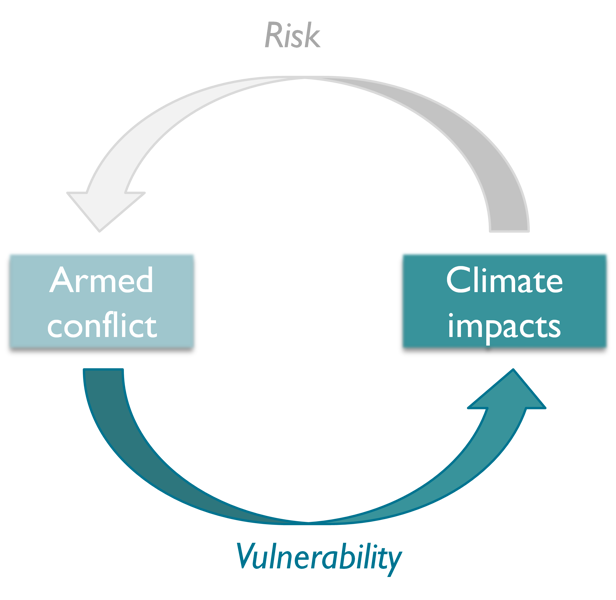The world is falling miserably short of reducing carbon emissions in line with the Paris Agreement, a 2015 treaty to keep global warming well below 2℃. The results of this failure are a greater increase in the prevalence and severity of extreme weather events, more rapid sea-level rises and an elevated risk of triggering irreversible climate tipping points, like the collapse of the West Antarctic ice sheet or the loss of the Amazon rainforest. The speed and magnitude of these changes have immediate consequences for ecosystem health and biodiversity. Further, sustained climate change threatens fundamental dimensions of human wellbeing.
There are also frequent claims about looming “climate wars”. These depict a chaotic world with unsustainable mass migrations, devastating weather-related disasters and violent clashes for survival in an era of rapidly diminishing resources. However, the link between climate change and conflict is weak when compared to the main drivers of conflict, notably poverty, inequality and weak governance. Instead, violent conflict in the context of a warming planet plays another and far more prominent role: it’s a critical driver of vulnerability, which makes adverse impacts from weather extremes more likely and more severe. In other words, violent conflict weakens communities and countries so that they are not in a position to adapt to the changing world around them
Although it may be possible to maintain peace without successful climate adaptation, successful climate adaptation is impossible in the absence of peace.







